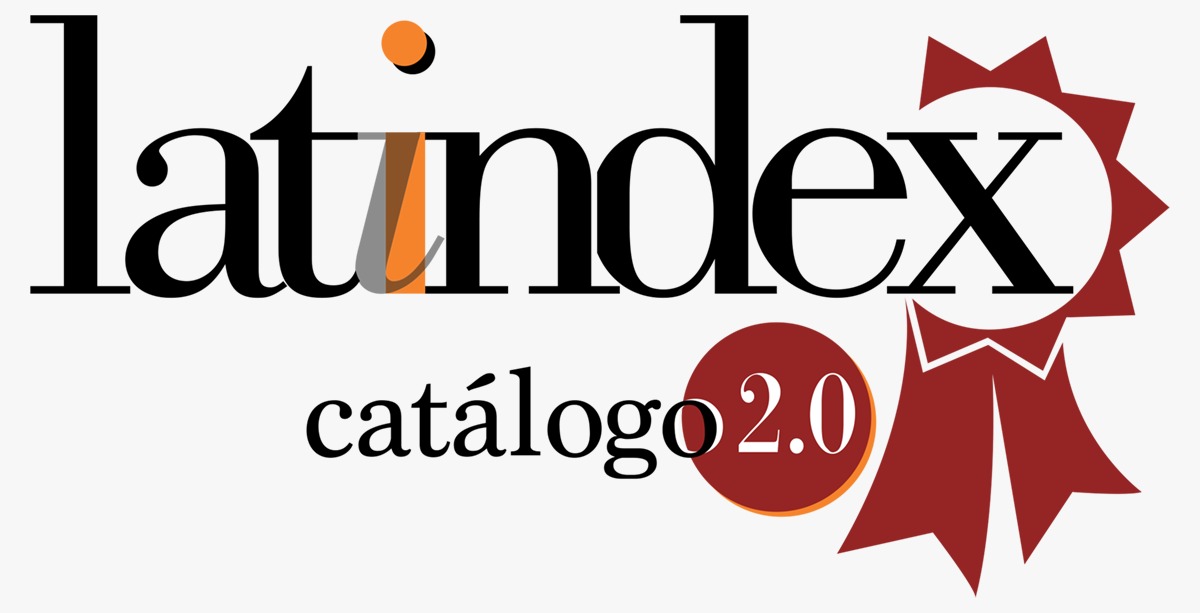The flipped classroom as a strategy in hybrid teaching: A proposal oriented towards the development of active learning
DOI:
https://doi.org/10.29197/cpu.v21i40.510Keywords:
Teaching-learning, methodology, Flipped Classroom, active learningAbstract
Traditionally, the teaching and learning processes have been developed from theory to practice, converting the classroom into a magisterial space where the expository method by the teacher prevails. Indeed, epistemological control is centered on the teacher, who theorizes, conceptualizes, and explains. In this sense, the teaching and learning processes require a strategic reinvention by the planning of the teacher and the action of the student. That is why we propose an innovative classroom project, aimed at developing strategies in which the student becomes an active entity, and stops being a receiver of information. In view of the above, the objective of this experience report is to describe the application of a pedagogical design that reverses the learning process, so that the lower order mental stages are processed by the student independently; while higher order processes are channeled from the classroom. To do this, teaching methods such as active learning and the flipped classroom will be used. The methodological approach used in this proposal is of a qualitative nature, since it is intended to observe, describe and weigh the participation of the student body corresponding to a section of the Spanish course. In short, the results of this proposal lead to the innovation of an active change in teaching, exalting two significant qualities: autonomy in the student body and creativity in the teaching staff. This is implemented regardless of discipline, grade, cycle or level; which allows this to be an open, dynamic, comprehensive and transversal proposal.
Metrics
References
Águeda, B. y Cruz, A. (2016). Nuevas claves para la docencia universitaria(3.ª ed.). Narcea.
Alauzis, M. y Cataldo, S. (2018). Aprendizaje basado en proyectos y el ambiente virtual para el aprendizaje transversal de las ciencias orientado a la matemática. Reflexión académica diseño y comunicación, 33, 159-165. https://acortartu.link/tpkkk
Alvarado, M. (2017). El aula invertida como herramienta educativa para mejorar el nivel de logro en el examen Planea en la materia de matemáticas de los alumnos de 3° de secundaria [Tesis de grado, Tecnológico de Monterrey]. Repositorio Institucional del Tecnológico de Monterrey (RITEC). https://repositorio.tec.mx/handle/11285/632922
Aronson, N., Arfstrom, K. M., y Tam, K. (2013). Flipped Learning in Higher Education. Pearson. https://acortartu.link/x5ot7
Anzules, W. (2021). Estrategias metodológicas del aula invertida para motivar el proceso de enseñanza-aprendizaje de los estudiantes (tesis de maestría), Universidad Estatal del sur de Manabí.
Bergmann, J. y Sams, A. (2014). Classroom Management and the Flipped Class. Edutopia. https://www.edutopia.org/blog/classroom-management-and-flipped-class-jon-bergmann
Berrett, D. (2012). How “Flipping” the Classroom Can Improve the Traditional Lecture. The Chronicle of Higher Education. http://chronicle.com/article/HowFlipping-the-Classroom/130857/
Biggs, J. (2005). Calidad del aprendizaje Universitario. Narcea.
Burgos, J. y Lozano, A. (Coord.). (2010). Tecnología educativa y redes de aprendizaje de colaboración: retos y realidades de innovación en el ambiente educativo. Trillas.
Chaljub, J. (2017). Implementación de la metodología del aula invertida en estudiantes de educación. Cuaderno de Pedagogía Universitaria, 13(26), 36-47. https://doi.org/10.29197/cpu.v13i26.262
Díaz, M. (2005) Enseñanza y desarrollo de competencias. Universidad de Oviedo.
Districalc (s.f.). ¿Qué es el aprendizaje activo y por qué funciona? https://www.districalc.com/que-es-el-aprendizaje-activo-y-por-que-funciona/
Flechsig, K. y Schiefelbein, E. (2006) Modelos didácticos para América Latina. Agencia Interamericana para la Cooperación y el Desarrollo (AICD).
García, A. (2011). Didáctica universitaria. Muralla.
García, M. y Quijada, V. (2015). El aula invertida y otras estrategias con uso de TIC: Experiencia de aprendizaje con docentes. SOMECE. http://somece2015.unam.mx/anterior/MEMORIA/57.pdf
Guzmán, A. y Calderón M. (2012) Orientaciones didácticas para el proceso enseñanza-aprendizaje. Amigo del Hogar. Rep. Dom.
PUCMM (s. f.). Programa de LET-102. Español II. https://acortartu.link/c084g
Mazur, E. (2009). Farewell, Lecture? Science, 323 (2), 50-51. https://www.science.org/doi/10.1126/science.1168927
Villa, A. y Poblete, M. (2007) Aprendizaje basado en competencias: Una propuesta para la evaluación de las competencias genéricas. Universidad de Deusto. Bilbao.
Published
How to Cite
Issue
Section
License
Unless otherwise indicated, all articles in this journal are published under a
Licencia Internacional Creative Commons 4.0 Atribución-NoComercial-CompartirIgual .
The authors retain the copyright and assign the right to the first publication to the magazine.









